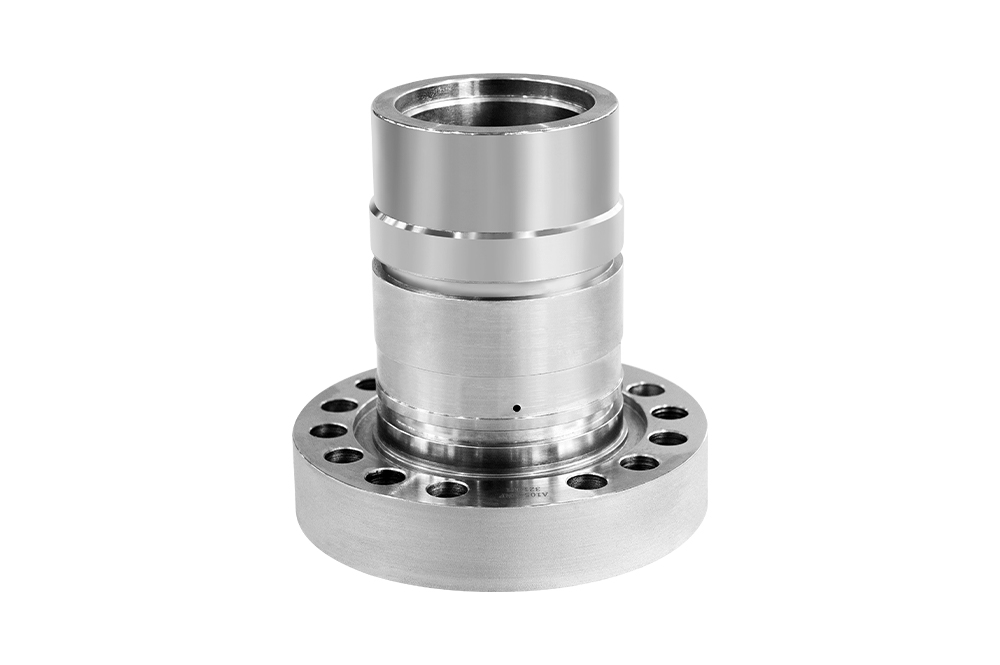Sealing technology plays a crucial role in the performance and reliability of ball valve components used across various industries. As operational demands grow more complex, advancements in sealing solutions have become necessary to meet evolving requirements for safety, efficiency, and maintenance. This article explores recent innovations in sealing technology, focusing on components such as block and bleed ball valves and flow seal valves, which contribute significantly to enhanced valve performance.

The Importance of Sealing in Ball Valve Components
Ball valves are widely used for controlling fluid flow in industrial applications, including oil and gas, chemical processing, water treatment, and power generation. The sealing system in a ball valve is essential because it prevents leakage between the valve body and the moving ball, ensuring a tight shutoff when required. Proper sealing helps maintain system integrity, reduces downtime caused by leaks, and supports compliance with safety standards.
Advancements in Block and Bleed Ball Valve Seals
Block and bleed ball valves are specifically designed to isolate sections of piping for maintenance or safety purposes while allowing any trapped pressure to be safely bled off. The sealing technology in these valves must provide reliable isolation while withstanding high pressures and varied temperature conditions.
Recent developments include the use of enhanced polymer materials with improved chemical resistance and mechanical strength. These materials maintain sealing integrity under fluctuating thermal cycles and aggressive media. Additionally, design improvements such as double-seal arrangements have been implemented to provide an additional barrier, reducing the risk of leakage during operation.
One innovation in block and bleed ball valve seals is the integration of self-adjusting sealing elements. These seals adapt to wear over time by maintaining contact pressure, extending the service life of the valve components, and reducing maintenance frequency. Furthermore, advancements in seal geometry allow for better accommodation of ball movement and thermal expansion, preventing seal distortion that can cause premature failure.
Flow Seal Valves: Enhancing Sealing Performance
Flow seal valves represent another area where sealing technology is evolving. These valves are designed to less leakage during flow control operations and ensure smooth modulation. The sealing components in flow seal valves must offer low friction to enable precise control while maintaining a tight seal under pressure.
Innovative sealing materials, such as composite elastomers and PTFE blends, provide enhanced resilience against wear and chemical degradation. These materials offer a balance between flexibility and durability, allowing the valve to function effectively in dynamic conditions.
Moreover, flow seal valves often feature advanced seat designs that reduce the surface contact area, lowering the torque required to operate the valve and less wear on the seals. Some designs incorporate multi-lip seals or spring-loaded seats that maintain consistent sealing force despite pressure fluctuations or vibration in the system.
Impact of Manufacturing Techniques on Sealing Quality
Advances in manufacturing processes have also contributed to improvements in sealing technology for ball valve components. Precision machining and automated quality control ensure tighter tolerances, which directly impact the fit and function of sealing elements. High-quality surface finishes on the ball and seat components reduce abrasion and enhance seal life.
Additive manufacturing techniques have started to play a role in developing complex seal geometries that were previously difficult or impossible to produce with traditional methods. These methods enable the creation of seals with integrated features such as channels for lubricant distribution or pressure compensation, which improve overall performance.
Challenges and Future Directions
Despite these advancements, challenges remain in sealing technology for ball valve components. The increasing variety of fluids handled, from highly corrosive chemicals to abrasive slurries, demands continual improvement in material science. Additionally, the push toward automation and remote operation of valves requires sealing systems that perform reliably over extended periods without human intervention.
Research continues into smart sealing materials capable of sensing wear or pressure changes and communicating this data to maintenance teams. The integration of sensors within seals could transform valve monitoring and predictive maintenance practices, reducing downtime and operational risks.
Innovations in sealing technology for ball valve components, including block and bleed ball valves and flow seal valves, are shaping the future of valve performance and reliability. Through advancements in materials, design, and manufacturing, sealing systems are becoming more resilient, adaptable, and efficient. These developments support safer and more sustainable industrial operations by reducing leakage risks and maintenance demands. As industry needs evolve, ongoing innovation in sealing technology will remain a key focus area in the ball valve sector.